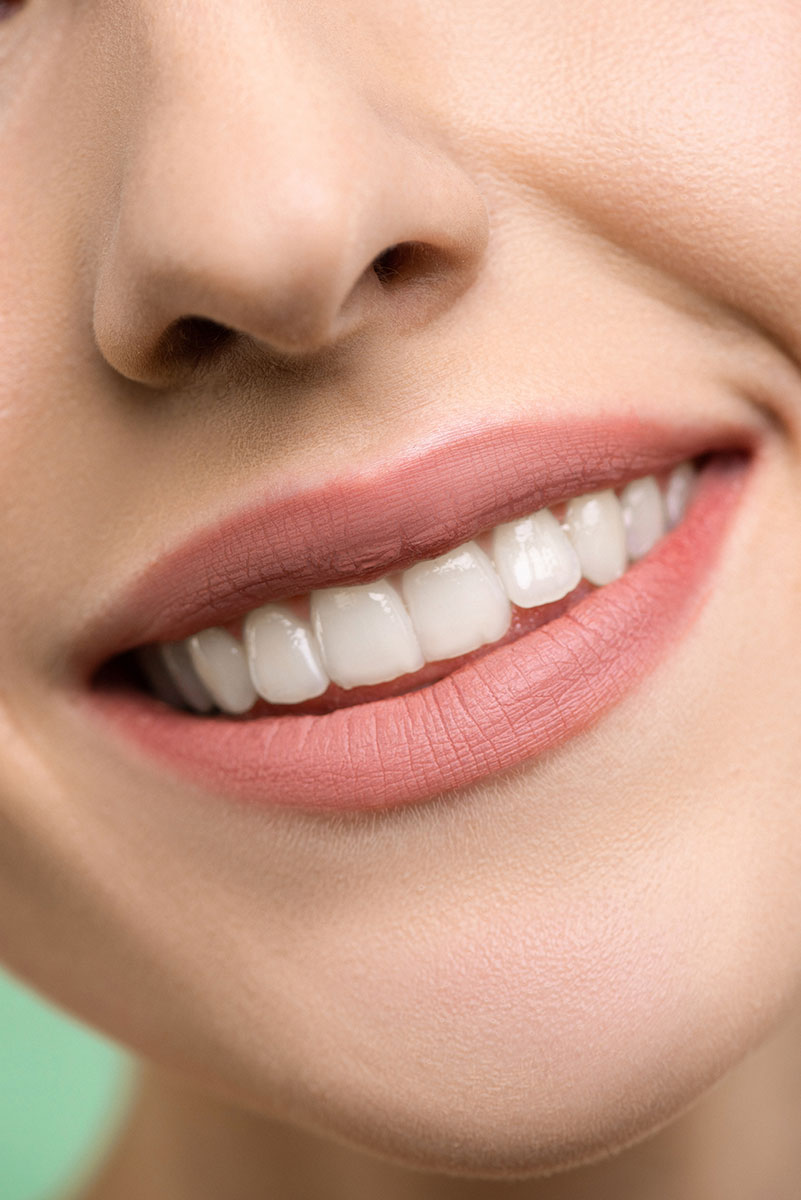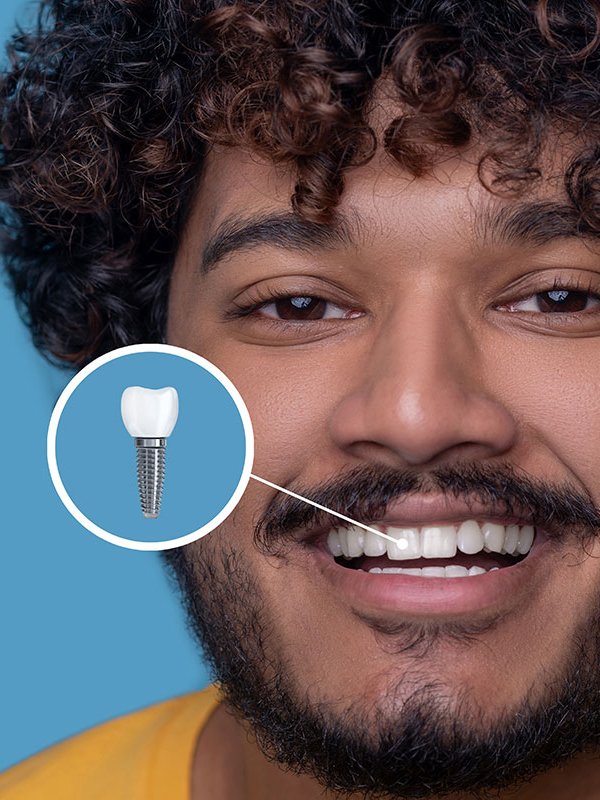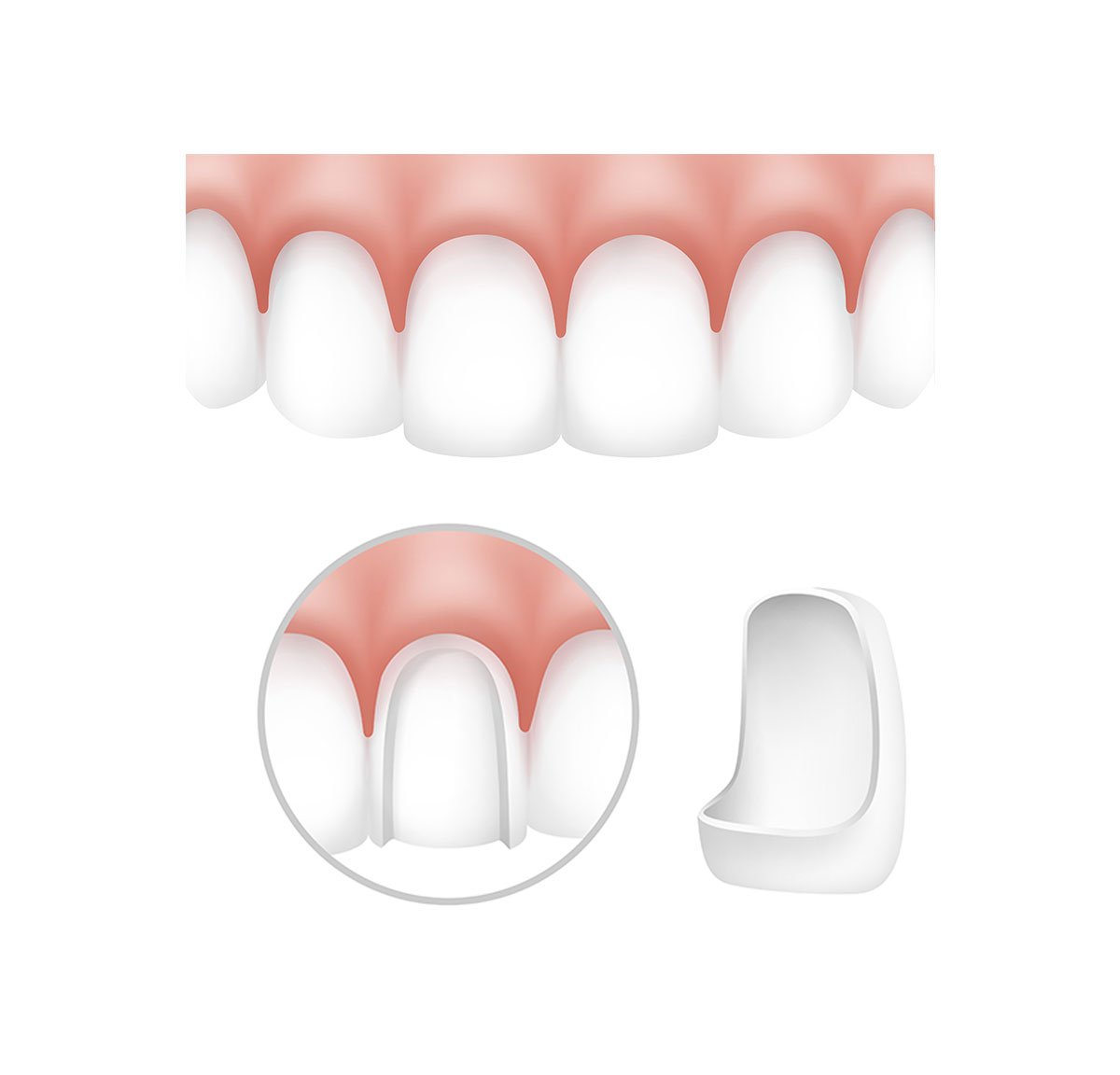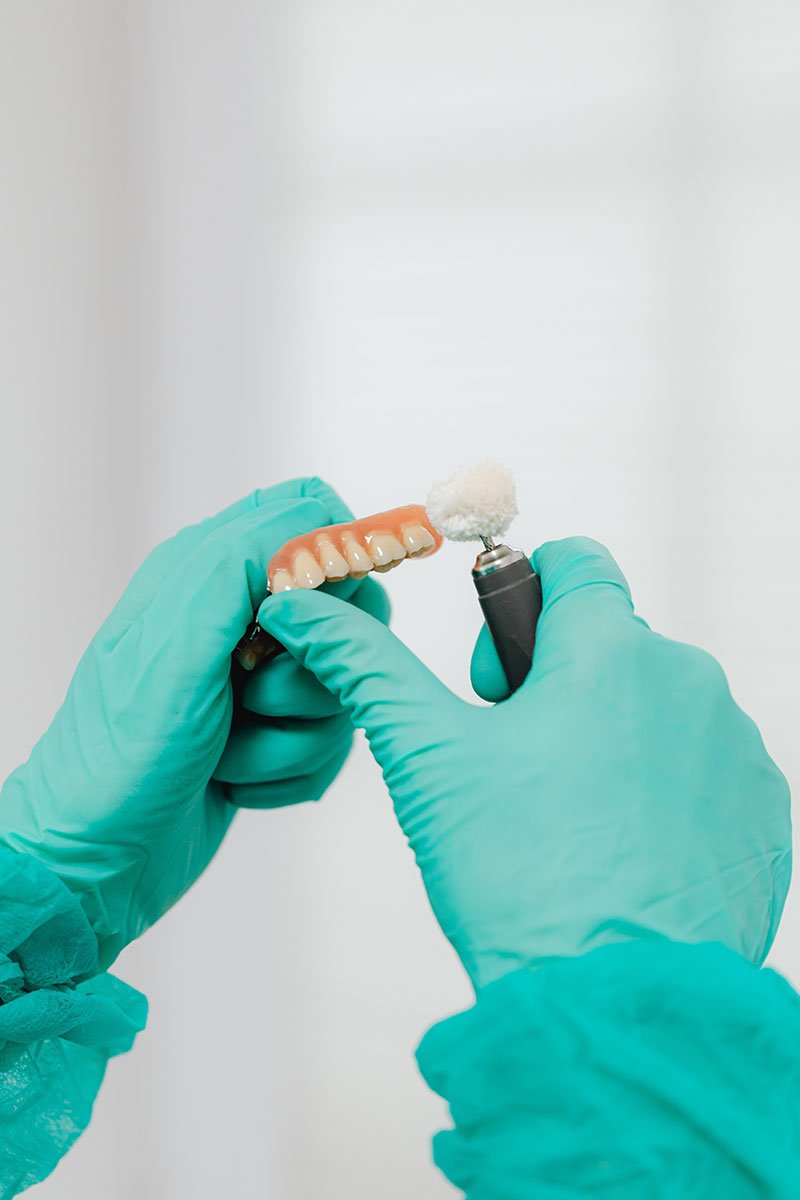Cosmetic Dentistry

Smile Makeovers
A smile makeover is a combination of one or more cosmetic dental procedures aimed at improving the beauty of your smile. Dentists recommend smile remodeling for many reasons. Treatment is often individualized based on the patient’s preferences and condition.
A smile makeover is a process of improving the appearance of your smile through various cosmetic or surgical procedures. Smile Makeover considers:
- Tooth color
- Tooth size
- Tooth shape
- Tooth position
- Lip position
- Lip length
- Gum position
Procedures involved in a smile makeover:
- Veneer/Crown
- Teeth whitening
- Composite joint
- Dental implant
- Orthodontic treatment
What type of problems can a smile makeover fix?
The most common conditions dentists deal with when it comes to smiling makeovers include:
- Chipped and broken teeth
- Gaps in teeth
- Crooked teeth
- Missing teeth
- Stained or discolored teeth
- Uneven teeth
- Undersized teeth
Tooth Coloured Dental Fillings
Tooth fillings are one of the most common types of routine dental treatments used to treat cavities. Nearly 91% of adults will develop at least one cavity in a permanent tooth at some point in their lives.
With the increasing demand for this type of dental treatment, there have been many developments that provide patients with more options for treating cavities.
Tooth-colored fillings are dental restorations and a revolutionary new version of old metal fillings.
Designed for a discreet, natural look, as it conforms well to teeth and looks more natural than darker, more noticeable amalgam fillings.
Tooth-colored fillings can be made from:
- Porcelain or earthenware
- Resin composite material combining porcelain and plastic
- Glass ionomer, a combination of acrylic and fluoride-enriched glass
Benefits of Tooth Color Fillings:
- Fast Treatment
- Aesthetically pleasing
- Long-lasting
- Leaves a healthier tooth structure intact
- Mercury-free


Teeth Whitening
Teeth whitening is one of the most popular cosmetic dental treatments and is a fast, non-invasive and affordable way to brighten your smile. Widely acclaimed for men and women, bleaching (or whitening) treatments are available to suit every budget, time frame, and temperament.
You can find many teeth whitening systems and products such as whitening toothpaste, over-the-counter gels, rinses, strips, trays, and whitening products available from your dentist.
It’s never been easier to make your smile shine at home. You can try all kinds of products: conditioners, gels, chewing gum, toothpaste, and strips.
The American Dental Association recommends consulting with your dentist first if you decide to try home whitening, especially if:
- Sensitive teeth
- Dental restoration
- Very dark spot or single dark tooth
- Many fillings or crowns
Dental Crowns
A crown is a cap that fits over a damaged tooth. Crowns are used to protect, cover, and restore the shape of teeth when fillings do not solve the problem.
Crowns can be made of metal, porcelain, resin, and ceramic. They usually require no special care over time other than regular good oral hygiene. The tooth may lose its shape and size so a crown is a tooth-shaped “cap” that fits over a tooth. Think of it as a cozy hat for your teeth.
A crown may be needed for a variety of reasons, including:
- It protects weak teeth (which may have caries) from breaking or holds weak teeth together when part of it breaks.
- Restoration of broken or badly worn teeth.
- Covers and supports teeth with heavy fillings and few remaining teeth.
- Holds the dental bridge in place.
- Cover deformed or severely discolored teeth.
- Cover dental implants
- Cover the root canal-treated tooth.


Dental Bridges
If you have lost teeth, including front teeth, dental bridges can help restore the appearance and function of your teeth. Fill in gaps between missing teeth. Talk to your dentist to see if it’s right for you.
A bridge can:
- Regain a smile
- Recovery of the ability to chew and speak well
- Maintain face shape
- Properly distributes occlusion forces by replacing missing teeth
- Keep remaining teeth in place
There are three main types of dental bridges:
- Traditional bridge
- Cantilever bridge
- Composite Bridge in Maryland
Same Day CEREC Crowns
CEREC technology stands for Chairside Economical Restoration of Aesthetic Ceramics and he is one of the latest and most advanced technologies currently available in digital dentistry.
Same-day or CEREC crowns are crowns that can be made in one day using CEREC technology. In contrast to conventional crowns, CEREC allows him to make one crown in two sessions on the same day.
Traditional crowns require the dentist to send an order to an outside dental laboratory to fabricate the crown, which can typically take two to three weeks.
CEREC Same Day Crown involves the use of milling machines, CAD (Computer Aided Design), and 3D imaging software. This allows dentists to create crowns in one day. For this reason, they are called same-day crowns.
CEREC Experts:
- Immediate restoration of tooth function
- Prevent injury
- Save money
- Comfortable
- Prevent corruption


Ceramic Veneers
The most common materials used to make veneers are porcelain and ceramic. Ceramic veneers are designed to better fit specific patients and require significantly less tooth preparation. Ceramic materials such as zirconia, which is bioinert and resistant to bacterial infections, are used.
Some great properties of ceramic veneers are:
Permanent aesthetic solution:
They are cemented to the front surface of the teeth to permanently change and improve the appearance of deformed, chipped, or chipped teeth.
Reduced preparation time:
Ceramic veneers are synthetic rather than milled, reducing preparation time and contouring to the underlying natural teeth.
Choice of colors:
If you want your teeth to be whiter, your dentist will take this into account and suggest a shade that is lighter and more comfortable than your natural teeth.
Minimal tooth preparation:
Only a minimal amount of enamel should be removed to leave enough room for the tooth to adhere.
Composite Veneers
Resin-based composite veneers are similar to porcelain veneers but tend to be cheaper and require less enamel removal. In some cases, the dentist may not need to remove the enamel before applying the composite veneer.
Composite resin and porcelain are the most commonly used materials for making veneers. In the hands of an experienced cosmetic dentist, both materials can transform your smile beautifully.
According to the American Dental Association (ADA), these differences include:
| Porcelain | Resin-based composite |
| more expensive | less expensive |
| usually requires enamel removal | may not require enamel removal |
| 2–3 appointments | usually 1 appointment |
| last around 20 years | last around 5 years |
| less likely to chip or fracture | more likely to chip or break |


Dentures
Dentures are replacements for missing teeth and surrounding tissue. There are two types of dentures: full dentures and partial dentures. Full dentures are used when all teeth are missing, and partial dentures are used when you still have natural teeth.
Full dentures can be either “conventional” or “immediate”. Traditional dentures are made after the teeth are extracted and the gum tissue has begun to heal and can be placed in the mouth about 8 to 12 weeks after the teeth are extracted.
Denture type:
Traditional: This fully removable denture is created and placed in the mouth after the remaining teeth are removed and the tissue has healed. This may take several months.
Immediately: These removable dentures are worn the same day the remaining teeth are extracted. Your dentist will take measurements and create a model of your jaw during your pre-visit.
Overdenture: Overdentures are attached to the few remaining natural teeth prepared by the dentist. Implants can also serve the same function.

